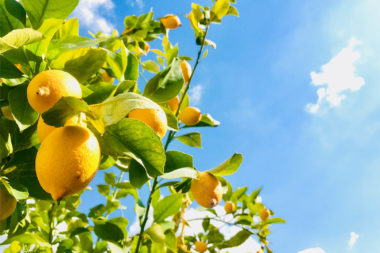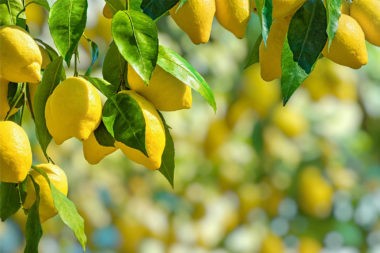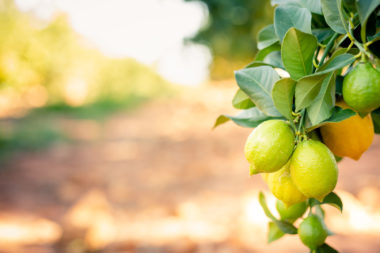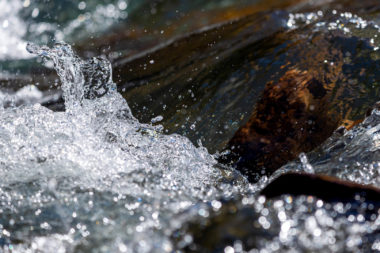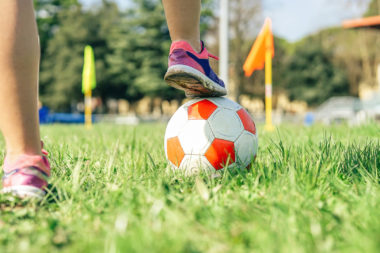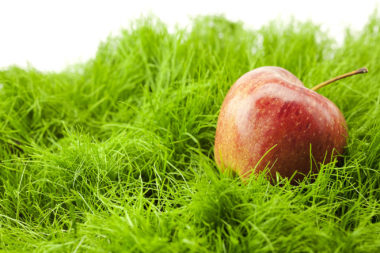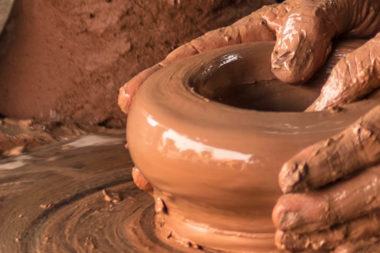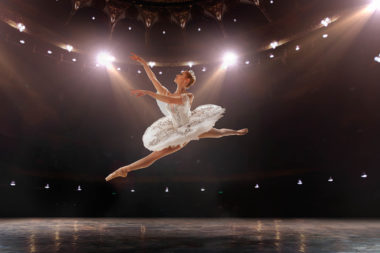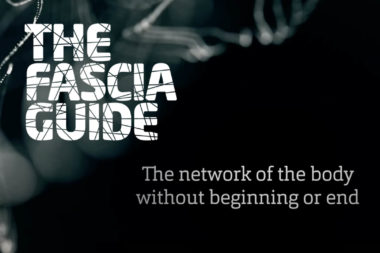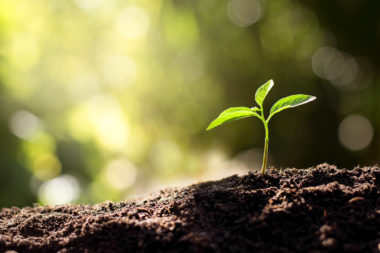
Training for strengthened Fascia
Join the Fascia Conversation Today!
Exercise increases collagen production in tendons, ligaments and all Fascia. To stimulate collagen formation in tendons and ligaments, it doesn’t matter if the exercise is eccentric (muscle contraction during extension) or concentric (muscle contraction during shortening).
To stimulate lysyl oxidase in a tendon, it also doesn’t matter much if the training is eccentric, concentric or isometric (static). Regardless of the work performed, the tendon is subjected to a pull.
In musculature, on the other hand, eccentric (and also static) training generally provides a more effective stimulation of collagen and lysyl oxidase with several factors, than concentric. Hence, it is more effective with eccentric or static exercises for the muscles.
Strength training should be done slowly to get a smoother Fascia. The slow training breaks crosslinks and makes collagen smoother. Too fast training can cause stiff tendons and Fascia.
Training to strengthen or heal, for example, a tendon, does not have to be so heavy. There must be the right load for the type of tissue, ie stretching of tendons, ligaments so that the cells are “pulled out”. This stimulates the formation of mainly collagen type I and lysyl oxidase. Maximum stimulation of the cells takes place after 5-10 minutes, then not much more occur! Now the cells must recover for at least 6 hours before they are ready for new stimulation.
If you have an injured tendon it is important that it is stretched slowly and statically, about 30 seconds. Then the healthy fibers relax, and the force is transferred to the damaged area where the cells receive a signal to start forming new collagen. Dynamic stretch in that case means that the healthy fibers take all the stress and protect the damaged area, and the cells do not receive any stimulus, nothing that promotes healing. This is called stress shielding.
Articular cartilage is stimulated by dynamic compression, which stimulates the synthesis of collagen II. Thus, new articular cartilage formation is stimulated by dynamic training, such as jump rope.
Evidence-based training advice for strengthening tendons and ligaments;
Add extra workouts to strengthen connective tissue / fascia and avoid injury.
- This type of training session should be less than 10 minutes of activity, aimed at particularly exposed tendons / ligaments depending on the sport. For example, running athletes should focus on strengthening the hamstrings, knees and Achilles tendon.
- The training can possibly be performed with light weight and a limited range of motion. This extra training should be performed 6 hours before or after another training! The cells must have recovered and be able to receive the stimulus!
Rehab of tendon / ligament injury;
- After an injury, training should start as soon as possible. The training can consist of simple range of motion exercises and little load as the load amplitude is not important to stimulate collagen production. The training should last less than 10 minutes, followed by 6 hours of “rest”. This means 3 short training periods per day. An injured tendon should be stretched statically for about 30 seconds with several repetitions during 5 to 10 minutes.
- Eat protein rich in the amino acid leucine (essential amino acid, found in meat and dairy products). For athletes or during rehab, supplements can be taken. It strengthens the muscles, which is also good for the durability of the tendons.
- Take a supplement of 15 g of hydrolysed collagen or gelatin before training, together with vitamin C. It is needed for collagen formation in fascia, tendons, ligaments, cartilage, bone tissue etc. Which type of collagen is not important. The cells produce the right type for the tissue depending on the mechanical force.
- These nutritional supplements should be taken in close proximity before the targeted exercise, 30 – 60 minutes before, when the blood flow to the tendons and ligaments is poor but increases during exercise, which increases the nutrient uptake into the tissue. Then it is important that the nutrition is available right then!
- Baar, 2018. Stress Relaxation and Targeted Nutrition to Treat Patellar Tendinopathy.
- Bojsen-Moller et al, 2006. Low-intensity tensile loading increases intratendinous glucose uptake in the Achilles tendon.
- Churchward-Venne, et al 2012. Nutritional regulation of muscle protein synthesis with resistance exercise: strategies to enhance anabolism.
- Farup et al, 2014. Whey protein hydrolysate augments tendon and muscle hypertrophy independent of resistance exercise contraction model.
- Heinemeier et al, 2007. Expression of Collagen and Related Growth Factors in Rat Tendon and Skeletal Muscle in Response to Specific Contraction Types.
- Juncosa-Melvin et al, 2007. Mechanical stimulation increases collagen type I and collagen type III gene expression of stem cell-collagen sponge constructs for patellar tendon repair
- Kjaer, 2004. Role of Extracellular Matrix in Adaptation of Tendon and Skeletal Muscle to Mechanical Loading.
- Moore et al, 2005. Myofibrillar and Collagen Protein Synthesis in Human Skeletal Muscle in Young Men After Maximal Shortening and Lengthening Contractions.
- Paxton et al, 2012. Optimizing an Intermittent Stretch Paradigm Using ERK1/2 Phosphorylation Results in Increased Collagen Synthesis in Engineered Ligaments.
- Shaw et al, 2017. Vitamin C-enriched Gelatin Supplementation Before Intermittent Activity Augments Collagen Synthesis.
- Shaw et al, 2019. Rehabilitation and Nutrition Protocols for Optimising Return to Play From Traditional ACL Reconstruction in Elite Rugby Union Players- A Case Study
- Steffen & Baar, 2020. Gene expression as a factor of loading. Unpublished.
- Burr et al, 2002. Effects of Biomechanical Stress on Bones in Animals.







